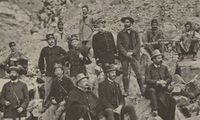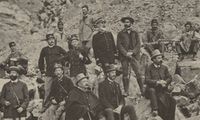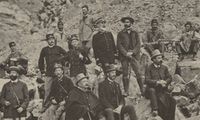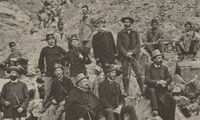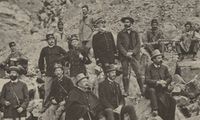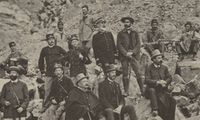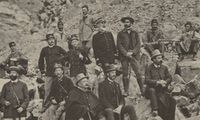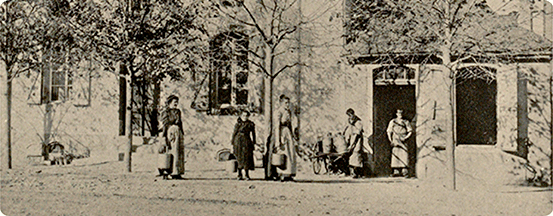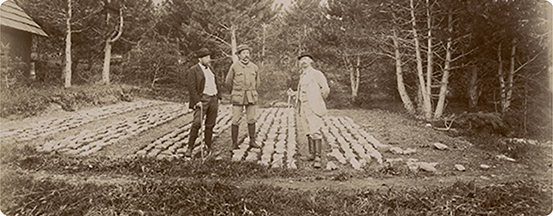Mountain land restoration - Savoie
The map provides access to the geolocated pictures of this collection, with a navigation by municipality. For each municipality, you will find all the photographs taken in that particular area.

It is a selection of photographs taken in the department presented here. The Archives Nationales hold "merely" 5,042 photographs from a much larger collection held in the Savoie departmental archives.
The collection is organised by forest conservation area around a river, a stream or main torrent, defined by the forest services, and then by series (equivalent to a municipality, a forest or a secondary branch of the main torrent) in alphabetical order within an area.
The title of the photograph generally contains a full description of the view.
This collection valuable for its continuity and the extreme regularity of the takes, ranges from 1885 to 1963, the most representative periods being 1883-1914 and 1930-1955. It constitutes an essential source of the history of mountain areas over a century, revealing an ethnographic approach (scenes of daily life, costumes, housing, village festivals, traditional cheese dairies), working conditions of forestry personnel and workers employed on building sites).


